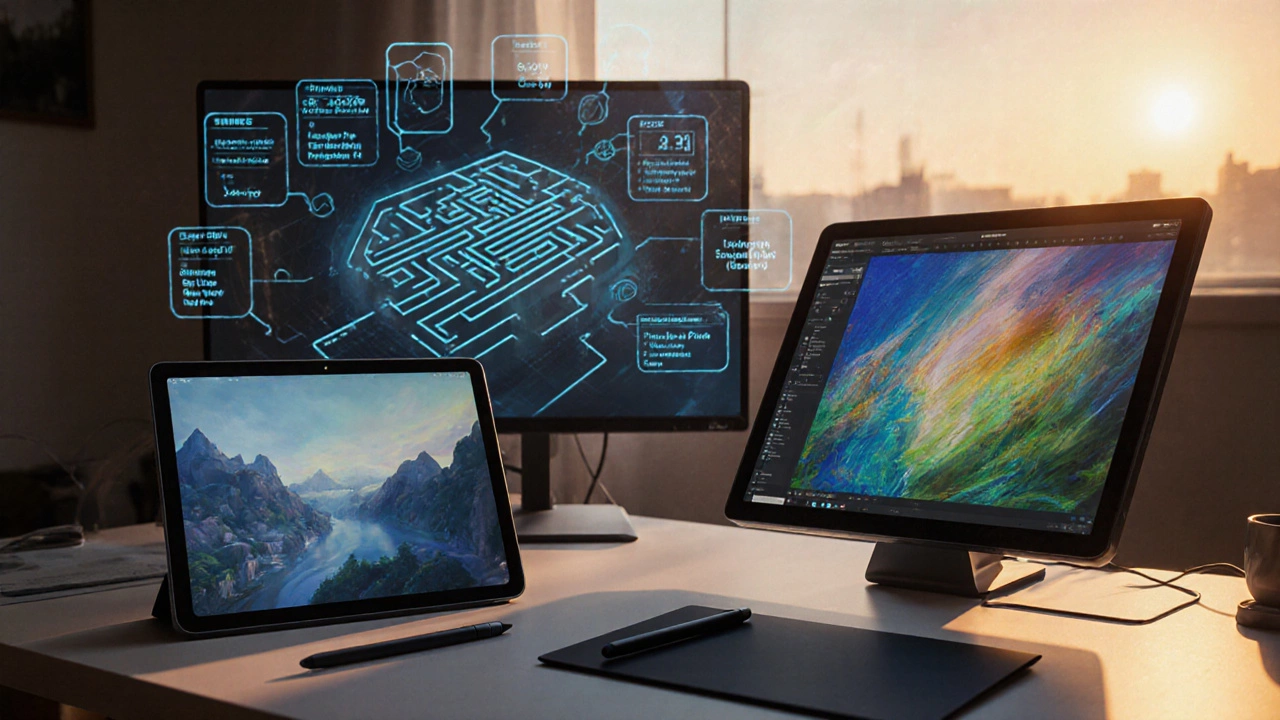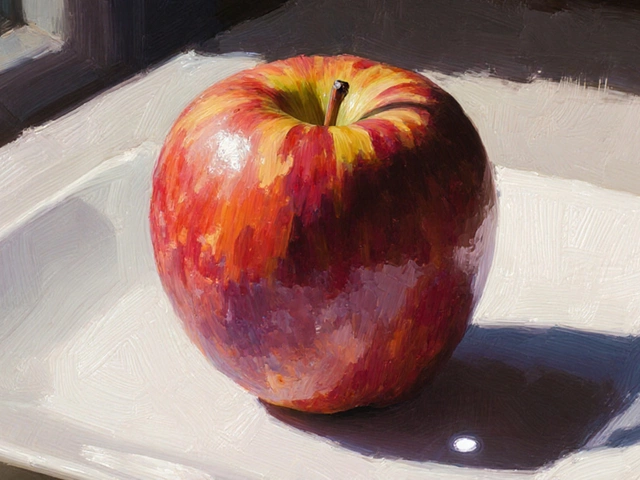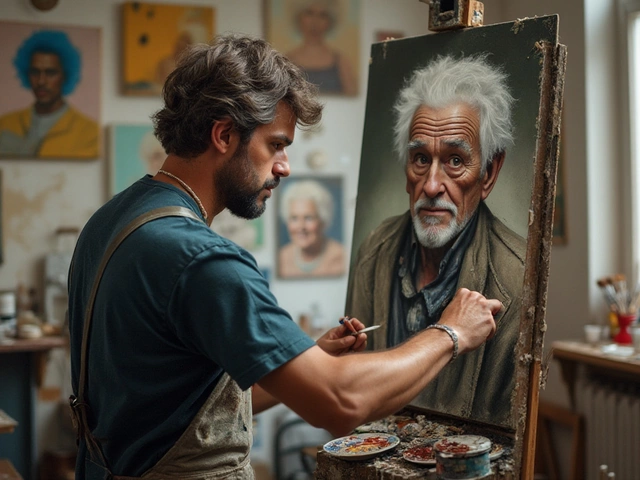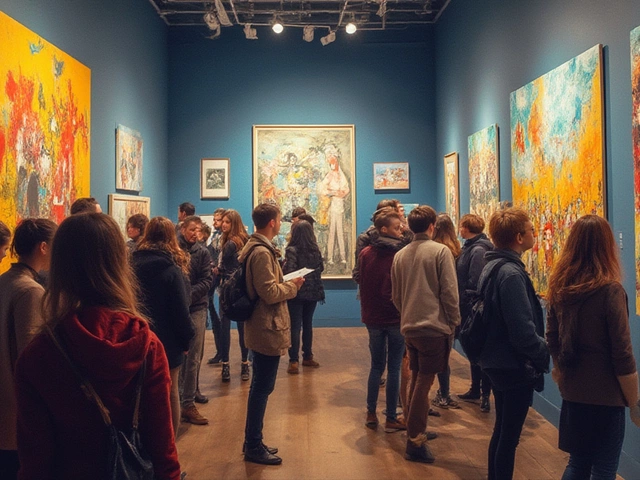Digital Art Device: Tools, Techniques, and Trends
When working with digital art device, a piece of hardware that lets artists draw, paint, or sculpt directly on a screen or tablet surface. Also known as a graphics tablet, it bridges the gap between traditional media and the digital canvas, giving creators the freedom to experiment without the mess of paints or the limits of paper. A good stylus pen, the handheld input tool that mimics brush strokes and pressure sensitivity works hand‑in‑hand with the device, translating every tilt, rotation, and pressure change into a pixel on the screen. To unlock its full potential you’ll also need digital art software, applications like Procreate, Photoshop, or Clip Studio Paint that provide layers, brushes, and effects for creating complex pieces. Together these components form a workflow that’s faster, cleaner, and often more affordable than a full studio setup.
Why does this combo matter? First, the digital art device expands creative possibilities: you can zoom in to perfect details, undo mistakes with a keystroke, and switch colors in seconds—something a physical canvas can’t match. Second, the stylus adds tactile feedback, allowing you to control line weight and opacity as naturally as a real brush, which is essential for artists who value the feel of their hand movements. Third, the software layer brings powerful tools like custom brushes, vector paths, and animation frames that let you push artwork from static images to dynamic media. Finally, once the piece is finished, a digital workflow makes it easy to produce high‑quality prints, share on social platforms, or mint as an NFT, turning a single creation into multiple revenue streams.
Key Components of a Digital Art Device Setup
Choosing the right hardware starts with understanding screen size and resolution. A larger display offers a broader canvas and reduces eye strain, while a high DPI (dots per inch) ensures your lines stay crisp even when you zoom in. Many artists prefer a display tablet—like the iPad Pro or Wacom Cintiq—because it merges screen and input into one surface, eliminating the need to look away from the monitor while drawing. For those on a budget, a non‑display tablet paired with a separate monitor still delivers precision at a lower cost, especially when combined with a high‑quality stylus that offers pressure levels of 4096 or more.
The next piece of the puzzle is the software you’ll run. While Photoshop remains a powerhouse for photo‑based work, Procreate shines for its intuitive interface on iPad, and Clip Studio Paint excels for comic artists with its panel tools and 3D model integration. Each program supports customizable brushes, which you can download or create yourself, letting you replicate the texture of charcoal, watercolor, or oil without ever mixing pigments. Pairing these programs with color management tools—like Adobe Color or Coolors—helps you build palettes that work both on screen and in print, ensuring consistency across mediums.
Beyond creation, the final step often involves turning your digital file into a physical product. High‑resolution printing services use giclée processes to capture the full tonal range of your artwork, while online marketplaces let you sell prints directly to collectors. If you’re exploring the crypto‑art space, a digital art device also streamlines the NFT creation process: export a layered file, mint it on a blockchain, and list it on a marketplace without ever leaving your studio. This seamless transition from screen to market illustrates how a single device can support both artistic expression and business growth.
Whether you’re a hobbyist sketching quick ideas or a professional building a brand, the right digital art device setup adapts to your workflow. You’ll find that mastering the hardware, stylus pressure, and software shortcuts cuts down production time, improves consistency, and opens doors to new creative avenues—like animation, 3D modeling, or interactive media. The posts below dive deeper into each of these topics, from choosing the perfect tablet to mastering color theory for digital prints, giving you actionable steps to elevate your practice.
Ready to explore the full range of tools, tips, and techniques? Scroll down to discover detailed guides, expert advice, and practical resources that will help you get the most out of your digital art device and turn your ideas into polished, market‑ready work.

Discover the top devices for digital art in 2025, from iPad Pro to Wacom Cintiq, with buying criteria, detailed reviews, comparison table and expert tips.





